- Home
- Articles
- Architectural Portfolio
- Architectral Presentation
- Inspirational Stories
- Architecture News
- Visualization
- BIM Industry
- Facade Design
- Parametric Design
- Career
- Landscape Architecture
- Construction
- Artificial Intelligence
- Sketching
- Design Softwares
- Diagrams
- Writing
- Architectural Tips
- Sustainability
- Courses
- Concept
- Technology
- History & Heritage
- Future of Architecture
- Guides & How-To
- Art & Culture
- Projects
- Interior Design
- Competitions
- Jobs
- Store
- Tools
- More
- Home
- Articles
- Architectural Portfolio
- Architectral Presentation
- Inspirational Stories
- Architecture News
- Visualization
- BIM Industry
- Facade Design
- Parametric Design
- Career
- Landscape Architecture
- Construction
- Artificial Intelligence
- Sketching
- Design Softwares
- Diagrams
- Writing
- Architectural Tips
- Sustainability
- Courses
- Concept
- Technology
- History & Heritage
- Future of Architecture
- Guides & How-To
- Art & Culture
- Projects
- Interior Design
- Competitions
- Jobs
- Store
- Tools
- More
The Role of Digital Technology in Art Creation: Transforming Artistic Expression Today
Discover how digital technology revolutionizes art creation in today's dynamic landscape. This article explores the tools artists use, from graphic design software to virtual reality, enhancing creativity and accessibility. Learn about the benefits of digital mediums, the fusion of traditional and modern techniques, and the challenges artists face, including copyright complexities.
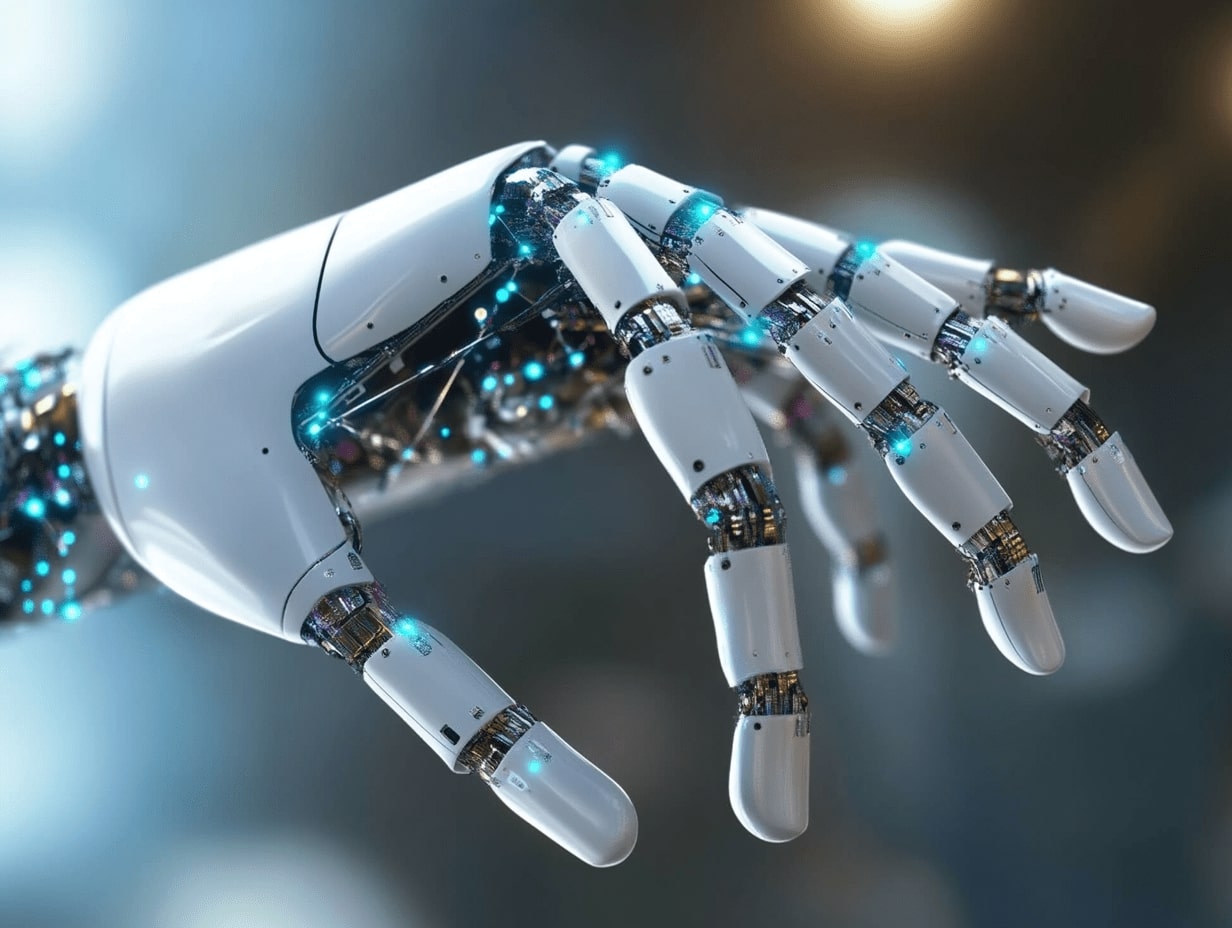
In today’s fast-paced world, digital technology is reshaping how we create and experience art. From graphic design to digital painting and virtual reality installations, artists are harnessing these tools to push boundaries and explore new dimensions of creativity. This shift not only broadens the scope of artistic expression but also invites a diverse audience to engage with art in innovative ways.
As we dive into the role of digital technology in art creation, we’ll uncover how it transforms traditional practices and opens up exciting possibilities for collaboration and experimentation. Whether you’re an artist, a tech enthusiast, or simply curious about the intersection of art and technology, understanding this evolution is essential. Join us as we explore the dynamic relationship between digital tools and artistic innovation.

Table of Contents
ToggleOverview of Digital Technology in Art Creation
Digital technology significantly alters the landscape of art creation. Artists now employ software and hardware that extend their creative capabilities.

Tools in Digital Art Creation
- Graphic Design Software
Graphic design software like Adobe Photoshop and Illustrator allows for extensive manipulation of images and graphics. Artists utilize these programs for editing, compositing, and creating detailed illustrations.
- Digital Painting Platforms
Digital painting platforms such as Corel Painter and Procreate provide artists with brushes and tools that mimic traditional mediums. These platforms enable the simulation of textures and techniques found in oil, watercolor, and acrylic painting.
- 3D Modeling and Animation Software
3D modeling programs like Blender and Autodesk Maya empower artists to create dynamic sculptures and animations. These tools facilitate the exploration of form and movement in a virtual environment.
-
Virtual Reality (VR) and Augmented Reality (AR)
VR and AR technologies offer immersive experiences for artists and audiences alike. Artists can create interactive installations that engage viewers in new and meaningful ways.
Benefits of Digital Technology
Digital technology significantly enhances various aspects of art creation, providing unique advantages that benefit artists and audiences alike.

Enhanced Creativity
Enhanced creativity emerges from the diverse tools available to artists. Digital platforms allow for an endless array of experimentation with styles, colors, and techniques. Artists can blend traditional art methods with modern digital capabilities, producing hybrid works that redefine boundaries. Tools such as graphic design software and digital painting apps enable quick adjustments, resulting in more innovative outcomes. Collaborative features in these programs foster sharing and crowd-sourced inspiration, allowing artists to expand their creative horizons.
Accessibility for Artists
Accessibility for artists improves dramatically through digital technology. Online tools and resources democratize art creation, enabling anyone with an internet connection to start creating. Platforms like DeviantArt and Behance allow artists to showcase work to a global audience without the barriers of physical galleries. Educational resources, tutorials, and forums provide guidance, making skill acquisition easier for emerging artists. Additionally, digital mediums reduce costs associated with traditional materials, allowing artists to experiment freely and pursue their passion without financial constraints.
Tools and Software Used in Digital Art
Digital art creation relies heavily on specialized tools and software that enhance artistic expression and streamline processes.

Graphic Design Software
Graphic design software plays a crucial role in digital art. Popular options include:
- Adobe Photoshop: An industry standard for image editing and manipulation. Features include layers, brushes, and advanced selection tools that facilitate complex designs.
- Adobe Illustrator: Ideal for vector graphics, allowing us to create scalable art. It includes tools for precise drawing, typography, and color control.
- Affinity Designer: A cost-effective alternative to Adobe products, offering vector and raster design capabilities for versatile artwork.
- Canva: Known for its user-friendly interface, Canva simplifies graphic design tasks, making it accessible to beginners while offering templates for ease of use.
These tools enable us to explore creative possibilities and produce professional-quality visuals efficiently.
Digital Sculpting Tools
Digital sculpting tools enable artists to build three-dimensional models with a high level of detail. Key tools include:
- ZBrush: A leading software for digital sculpture, ZBrush offers advanced brush dynamics, enabling intricate detailing and texture application.
- Mudbox: This tool supports digital sculpting and texture painting, making it suitable for character modeling and asset creation in animation.
- Blender: An open-source platform that provides sculpting, modeling, and rendering features. Blender’s versatility allows for full project execution from concept to final output.
- Sculptris: Focused on ease of use, Sculptris is ideal for digital artists starting in sculpting, offering basic tools with an intuitive design.
These tools allow us to bring our imaginative concepts to life in a tangible format, redefining traditional sculptural practices.
Impact on Traditional Art Forms
Digital technology significantly influences traditional art forms by fostering innovation and accessibility. We observe how artists integrate these technologies into their work, reshaping the artistic landscape.

Blending of Mediums
Digital technology facilitates the blending of various mediums, allowing artists to combine traditional techniques with modern tools. Artists can create mixed media pieces that incorporate painting, drawing, and digital elements. For example, we see painters using digital software to enhance their works before executing them on canvas. Sculptors utilize 3D modeling software to design pieces that can be physically created using materials like clay or metal. This integration encourages experimentation and expands creative possibilities, as artists manipulate colors, textures, and shapes across different platforms.
Preservation of Artworks
Digital technology enhances the preservation of artworks through advanced archiving techniques. High-resolution digitization allows us to create detailed records of traditional art pieces. These digital reproductions, often accessible online, ensure that artworks remain available to the public despite potential preservation challenges. Technologies like 3D scanning enable the recreation of sculptures and artifacts in virtual environments, making it easier for us to study and appreciate them. Additionally, these preserved works can undergo conservation efforts more effectively, ensuring longevity for future generations.
Challenges Faced by Artists
Digital technology in art creation presents challenges we need to address for a smoother artistic experience. Two primary hurdles include navigating the learning curve and grappling with copyright and ownership issues.

Learning Curve and Skill Development
Adopting digital tools requires significant skill development. Artists often face steep learning curves, especially when familiarizing themselves with complex software. Mastery of programs like Adobe Photoshop or Blender demands time and practice. Emerging artists may struggle to keep pace with rapidly evolving technology. Regular updates and new features can overwhelm users, making continuous education essential. We recognize that online tutorials, workshops, and community forums provide valuable resources for overcoming these hurdles and accelerating skill acquisition.
Copyright and Ownership Issues
Copyright and ownership present ongoing challenges for artists working with digital formats. Many artists worry about copyright infringement, as sharing art online increases the risk of unauthorized use. Clarity surrounding intellectual property rights in digital spaces remains murky; creators often find navigating these waters complex. Artists need to understand how to protect their work through proper licensing and registration. We can utilize tools like Creative Commons licenses and watermarking to mitigate risks and preserve ownership rights. Awareness and legal knowledge become crucial for artists aiming to safeguard their creativity in the digital realm.
Conclusion
Digital technology reshapes art creation, enhancing artistic expression and engagement. Artists leverage various tools, from graphic design software to VR technologies, to push creative boundaries and reach broader audiences. The integration of digital platforms simplifies collaboration and experimentation, allowing diverse artistic practices to flourish.
In using software like Adobe Photoshop, Procreate, and Blender, we witness an expansion in artistic possibilities. Combining traditional techniques with modern tools fosters unique creations, while digital sculpting software redefines artistic practices. Additionally, the art world experiences increased accessibility, enabling artists to share their work globally without the limitations of physical venues.
However, challenges persist in this evolving landscape. Learning to navigate complex software requires ongoing education and adaptability. Furthermore, issues surrounding copyright and ownership complicate the digital space. Protecting our creative works demands legal awareness and understanding of intellectual property rights, ensuring that we secure our innovations against potential infringements.
Ultimately, digital technology continues to transform how we create and experience art, presenting both exciting opportunities and challenges for artists in the contemporary landscape.
- 3D art design
- AI in art
- art creation technology
- art innovation
- art transformation
- augmented reality in art
- creative technology
- digital art
- digital art platforms
- digital art tools
- digital art trends
- digital artistic expression
- digital media art
- digital painting
- future of art
- generative art
- interactive art
- technology and creativity
- technology in art
- transforming art
- virtual reality art
Submit your architectural projects
Follow these steps for submission your project. Submission FormLatest Posts
How Virtual Architecture Is Redefining Design From Real Time Worlds to Built Impact
Discover how virtual architecture is redefining design from static sketches to immersive,...
Designing a Starter Smart Home Without Breaking the Bank
Smart homes don’t have to cost a fortune. Many homeowners think they...
Style Meets Security: Choosing Entry Solutions That Do Both
When it comes to homes and businesses, entryways are more than just...
Top 5 Desktop Rebuild Cost Assessment Solutions for Property Professionals
Do you ever lay awake at night, playing out scene after scene...




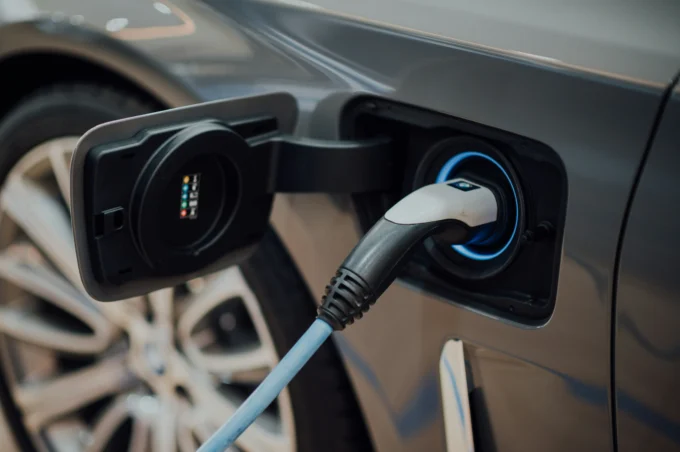
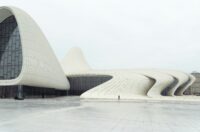



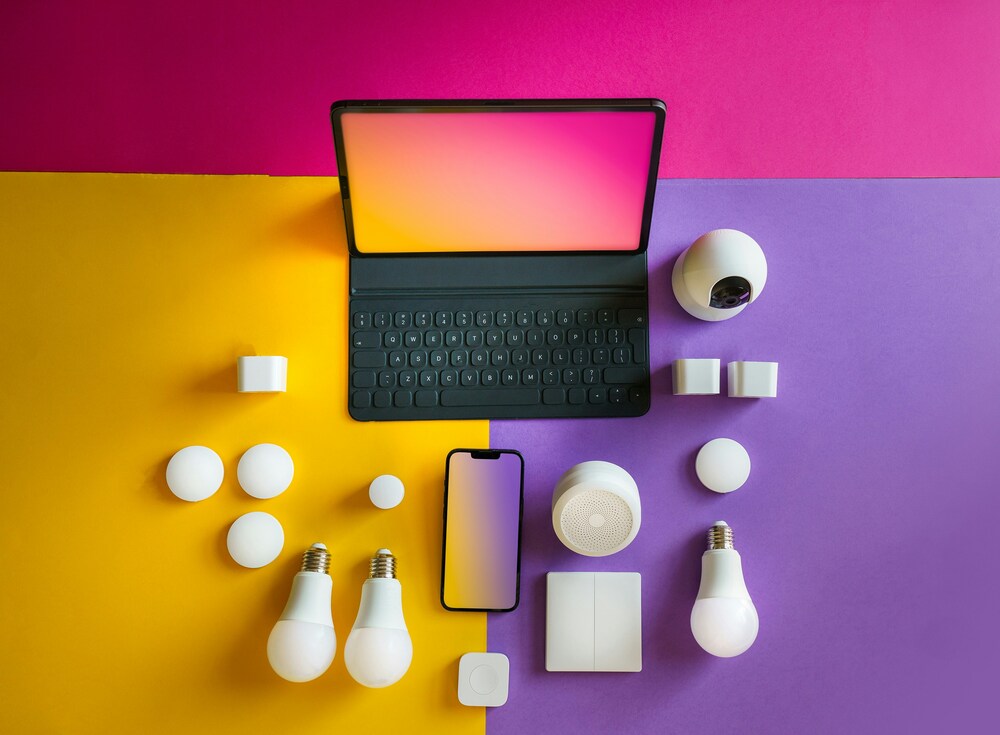

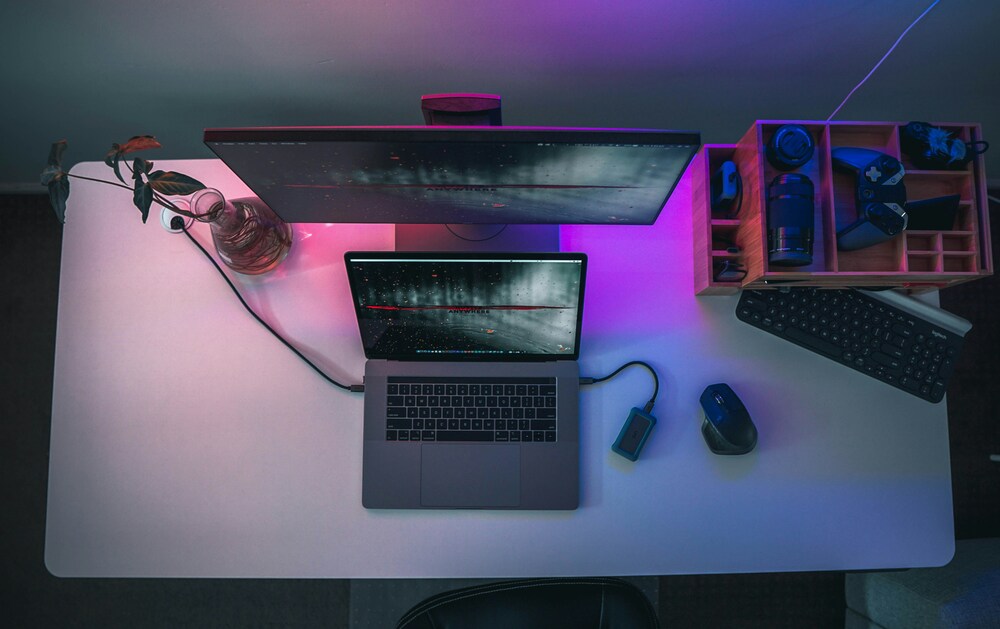
Leave a comment